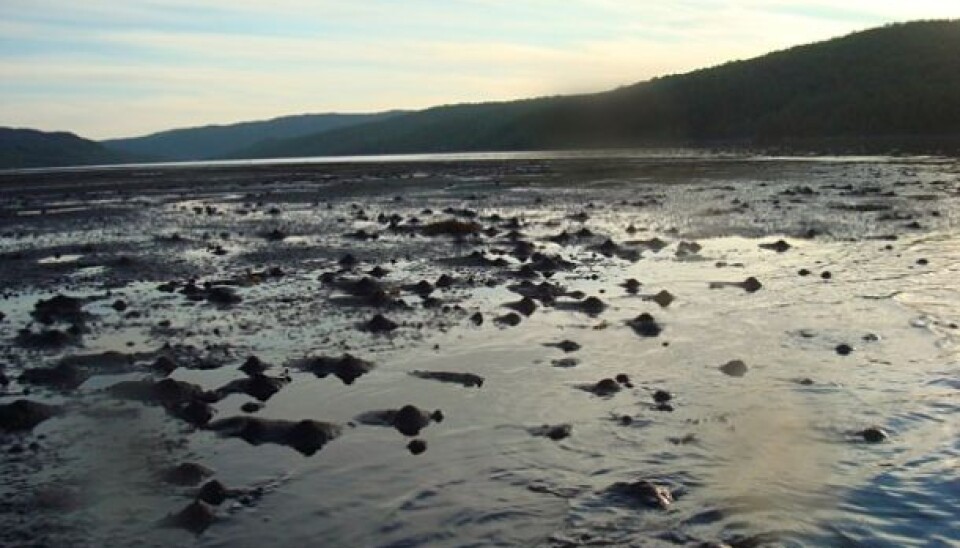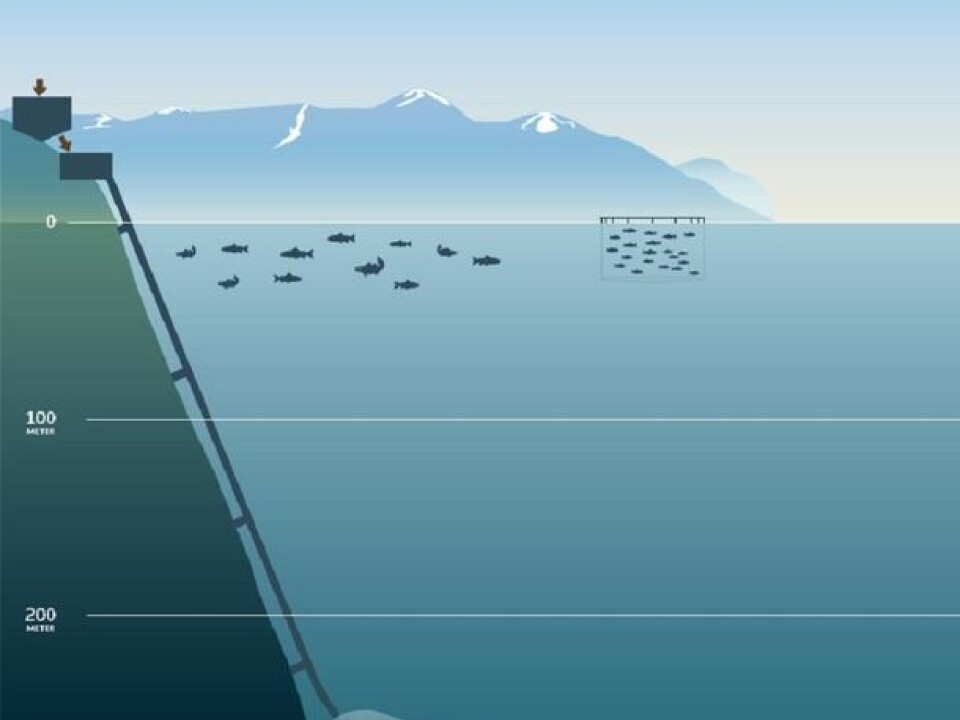An article from NIVA - Norwegian Institute for Water Research

Dilemmas of mining
The mining industry wants to extract the valuable metals and minerals that can be found in Norwegian mountains, but what to do about the huge amount of waste?
Denne artikkelen er over ti år gammel og kan inneholde utdatert informasjon.
The mining of metals and industrial minerals means processing large amounts of rock of which profitable metals and minerals make up only a few percent.
More than 90 percent are residual materials, or tailings, for which there are currently few uses. Tailings are composed of sand, silt and fines that are the residuals formed during crushing and processing of the ores.
For instance, extracting the copper needed for an average PC can generate 100 kilos of mine tailings. In addition, your PC also contains other minerals.
Similarly, a set of gold wedding bands can produce several tons of reactive tailings. These residual materials may also contain either cyanide or mercury.

In order to extract the valuable metals or minerals the crushed rock types undergo different kinds of processes. Various chemicals are used to separate the metals and minerals from the tailings.
Chemicals are also used to flocculate the fine particles in the tailings to enhance sedimentation in water. Flocculation also facilitates water recycling in the thickener.
The mixture of particles and liquids that are led to waste disposal sites on land or in the sea can contain traces of the chemicals that have been used.
A need for waste disposal sites

"Until the mining industry finds alternative uses for the large volumes of tailings it produces, reduces the use of chemicals, and develop compounds that can replace environmentally hazardous chemicals, we need to consider how environmental impact can be minimized if we decide to exploit metals and minerals in Norway," says senior advisor and research scientist Jens Skei at the Norwegian Institute for Water Research (NIVA).
All mining activity involves the discharge of large amounts of sand and rock dust into the environment. These waste materials can be deposited either on land or in the sea. Submarine tailings disposal (STD) is only an option when mineral deposits are located in close proximity to the sea.
Not all fjords are suitable as waste disposal sites. Therefore, modeling and base line studies are performed in the planning phase to investigate a fjord’s suitability for STD.
In its natural state, a fjord is a basin where small particles of sand, silt and clay for thousands of years have contributed to create flat areas of sea floor. A fjord well suited for STD should ideally be deeper than 100 meters, have a flat seabed and fine-grained sediments.
Mine tailings are led to the sea floor by pipelines designed to allow the tailings to sink to the seafloor within a restricted area. Silled fjords are particularly well suited in terms of sea disposal.
Disposal should take place at depths greater than 30-40 meters in order to avoid tailings in water layers where primary production is taking place, where young salmons swim from rivers to the sea and where the aquaculture industry have their installations.
Environmental consequences
In Norway, including Svalbard, there are approximately 250 fjords. The establishment of STDs can be considered in parts of some of those fjords that are well suited and in close proximity to mineral deposits.
The topography of the seabed and the characteristics of bottom sediments will be significantly influenced in a disposal area. Water depth is reduced and the bottom fauna is affected.
A mine usually has a life span of 30-50 years. Submarine tailings disposal of rock dust on the seabed in this period will be so large that the bottom fauna will disappear for several decades. The bottom fauna will, however, return a few years after the disposal stops.
"The authorities must decide whether this is environmentally acceptable or not," says Skei.
"Many factors need to be considered before authorities can decide if they want to allow mining activities. A yes to mining is also a yes to depositing large amounts of mine tailings on land or in the sea," he says.
In Norway, a lot of research has been conducted on environmental conditions and ocean ecology. However, there is less scientific knowledge about our coastal areas and fjords. We know little about the characteristics of fjords in their natural state.
On the other hand, there are extensive knowledge about our most polluted fjords, such as Grenlandsfjorden, Sørfjorden and Kristiansandsfjorden .
How to avoid environmental impact?
"The knowledge of how to establish mine waste disposal sites to avoid unnecessary environmental impact has existed since the 1970’s. Norway and Canada have played an important part in this area.
"Because of this, there are few examples of large environmental disasters related to land disposal sites and STDs in Canada and Norway," says Skei.
In order to minimize environmental consequences, the rock dust that is being deposited should not contain excessive heavy metal levels and chemicals in concentrations that create hazardousness issues in relation to seafood and food safety.
It is a prerequisite that the particle cloud that emits from discharge outlets sinks towards the bottom, and is not transported towards the surface. The discharge outlet that is used should be constructed for this particular purpose.
Capping of old environmental sins
Submarine tailings disposal can sometimes also lead to environmental improvement. An example of this is Ranafjorden where tailings from Rana Mines are gradually capping a contaminated seabed.
There is a large difference between fjord sediments that contain environmental contaminants from different industrial discharges and tailings from the mines.
Monitoring results from the Ranafjorden show that the leaching of environmental contaminants from the polluted sediments has been significantly reduced due to capping by mine tailings. For instance, the amount of polycyclic aromatic hydrocarbons (PAHs) in surface sediments in the Rana Fjord has decreased due to sedimentation of tailings.
-----------------------------------------------------
Read the article in Norwegian at forskning.no






























